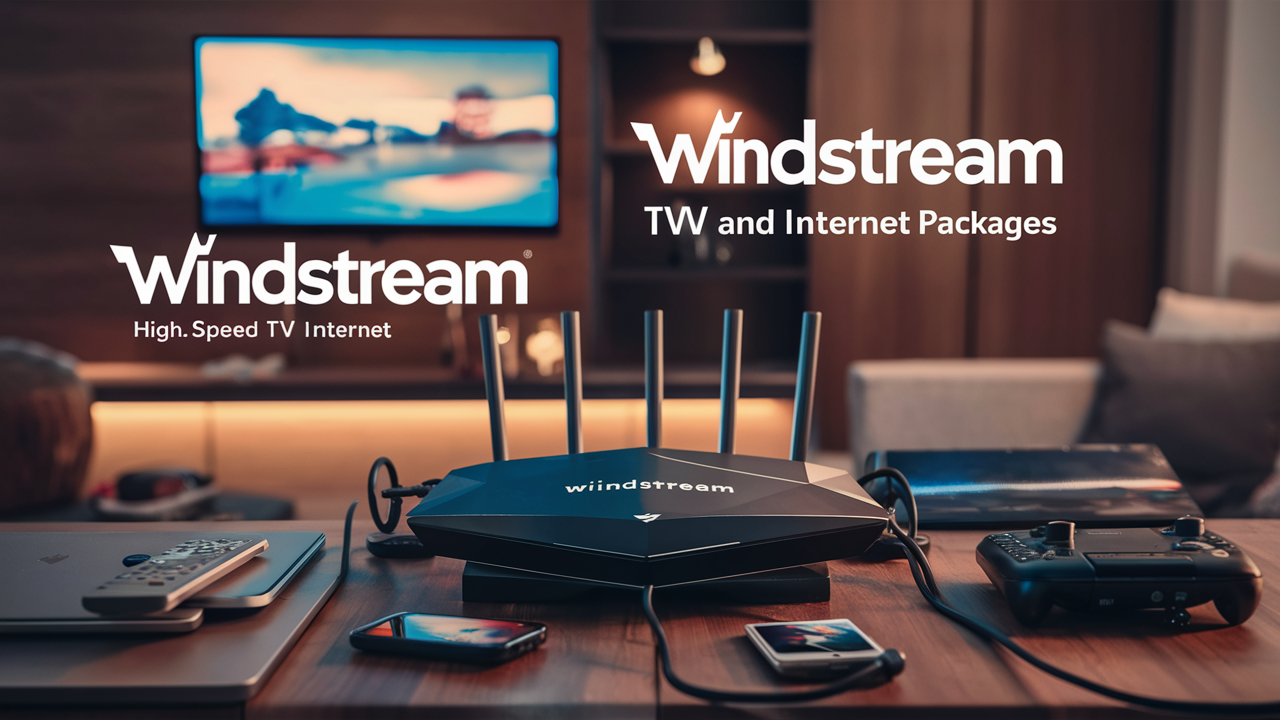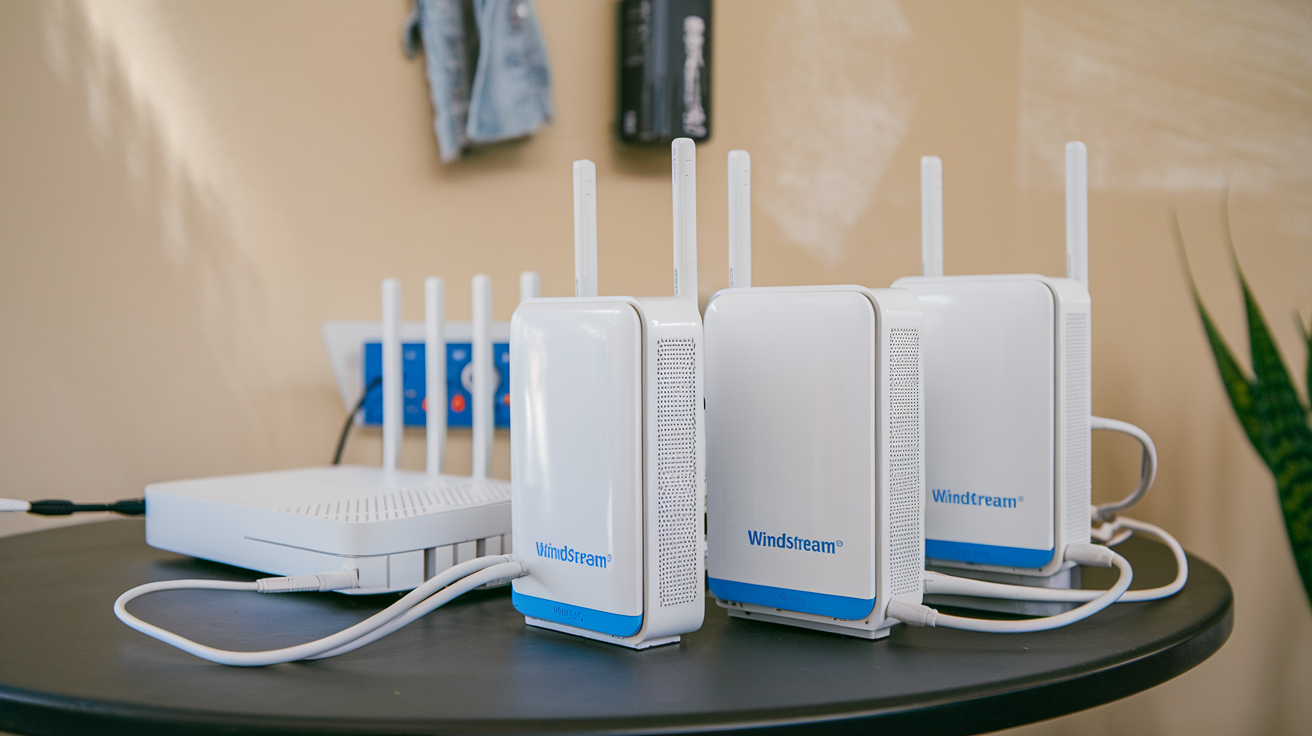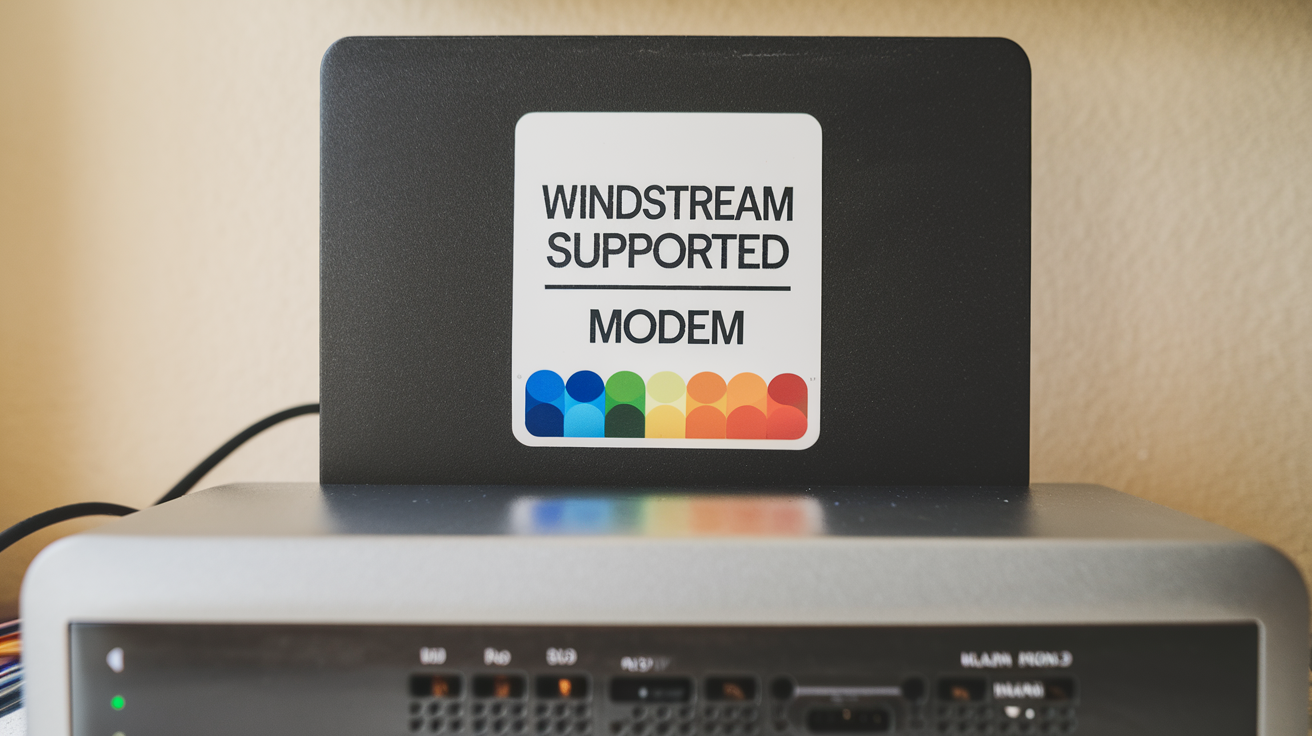
The shift to remote work has transformed how we connect, collaborate, and conduct business. For many professionals, having a reliable internet connection is no longer a luxury—it’s a necessity. Whether you're leading virtual meetings, streaming large files, or managing a digital workspace, your internet provider can make or break your productivity.
Windstream Internet often appears on the list for those searching for dependable providers, particularly in semi-rural and rural areas. But is it the right choice for remote work? Here, we’ll take a detailed look at Windstream Internet's features, performance, and suitability for remote workers.
The Key Factors Remote Workers Need in an Internet Service
Before digging into Windstream’s specifics, here’s what every remote worker should prioritize in an internet service provider (ISP):
1. Speed and Bandwidth
Efficient remote work relies on fast and consistent speeds—especially if you regularly handle video conferencing, large file uploads, or cloud-based collaboration tools. Without adequate speeds and bandwidth, freezing video calls and lag can disrupt your workflow.
2. Reliability
Reliability goes hand-in-hand with speed. Frequent outages or fluctuating performance can ruin productivity and create added stress.
3. Low Latency
Latency, or delay in data transmission, is essential for tasks like video calling or online collaboration. High latency can disrupt real-time communication, which is vital for a fully remote workplace.
4. Coverage and Availability
Access matters, especially for remote workers living outside major metropolitan areas. ISPs catering to rural and semi-rural regions often face limitations, so ensuring strong coverage in your location is vital.
5. Affordable Plans
Remote workers often operate on personal budgets. A balance between features and affordability is crucial when choosing a provider.
Now that we know what to look for, how does Windstream stack up?
A Close Look at Windstream Internet
Windstream provides internet services under the Kinetic by Windstream brand in 18 states across the U.S. They cater to both urban areas and more underserved, rural regions. Here’s how their features align with remote work needs.
1. Windstream’s Internet Speeds
Windstream offers speeds ranging from 25 Mbps to 1 Gbps, depending on your location and plan type.
- For Basic Work (email, browsing, basic software): Plans starting at 25 Mbps can suffice, but speeds of 200 Mbps or more ensure smoother performance, especially for multitasking.
- For Advanced Tasks (file uploads/downloads, video conferencing, remote servers): The 500 Mbps or 1 Gbps plans provide plenty of speed for seamless operations.
It’s important to note that speeds can vary depending on whether you're accessing a DSL, cable, or fiber connection from Windstream. Fiber-optic connections offer the best experience in terms of speed and reliability.
2. Reliability and Performance
Windstream generally delivers consistent connectivity with minimal downtime for fiber-optic plans. However, for users on DSL connections—often in rural areas—performance might fluctuate during peak usage hours.
While customer reviews are a mixed bag, fiber subscribers often enjoy better reliability compared to DSL users. For remote workers requiring a rock-solid connection, this is a crucial distinction to consider.
3. Low Latency for Real-Time Collaboration
For remote working, particularly in industries requiring real-time data transfer, latency can be as critical as speed. Windstream’s fiber plans typically deliver low-latency connections ideal for video calls, Voice-over-IP (VoIP) calls, and cloud collaboration with minimal disruptions. However, DSL users may occasionally experience latency issues during peak times.
4. Coverage in Rural Areas
Windstream shines in semi-rural and rural areas where bigger ISPs often fail to deliver coverage. By extending broadband to underserved areas, Windstream serves as a lifeline for remote workers who might not have fiber or cable internet options nearby.
However, coverage still varies by state and even neighborhood, so availability should be confirmed for your specific address.
5. Affordable Plans and Bundles
Windstream provides competitive pricing, starting with basic plans around $39.99 per month for speeds of up to 200 Mbps. Higher-tier packages with gigabit fiber speed hover around $69.99 per month, which is a solid choice for power users.
Additionally, Windstream frequently offers promotions, such as free equipment for the first year or discounts when you bundle internet with other services like home phone lines.
6. Customer Support and Service
Windstream offers 24/7 technical support for broadband issues. However, reviews often highlight variability in the quality of support. For remote workers relying on immediate assistance, accessing reliable help during downtime is crucial, so ensure you’ve reviewed local customer testimonials.
How Does Windstream Compare to Competitors?
To fully evaluate its reliability, here's a quick comparison between Windstream and alternative ISPs.
Windstream vs. Xfinity
- Speed: Xfinity may offer higher speeds than Windstream in certain areas.
- Coverage: Windstream has better coverage in rural or rural-adjacent locations, whereas Xfinity dominates metro areas.
Windstream vs. CenturyLink
- Fiber Options: Both offer strong fiber internet options.
- Cost: Windstream plans are generally more cost-effective, while CenturyLink offers limited yet appealing lifetime pricing options.
Windstream vs. Satellite Internet (HughesNet, Starlink, etc.)
- Performance: Satellite internet tends to lag in speed and latency. Windstream’s broadband offers superior performance, making it a better choice for remote work where available.
The Pros and Cons of Windstream for Remote Work
Here’s a summary to weigh the benefits and drawbacks before deciding.
Pros
- Coverage for rural and semi-rural areas
- Affordable plans and enticing bundles
- Fiber internet with fast speeds and low latency
- 24/7 customer service availability
Cons
- DSL performance may vary greatly
- Customer support experience can be inconsistent
- Service availability depends heavily on your location
Is Windstream Internet Right for You?
The answer depends on your specific needs, location, and budget. If you’re in a semi-rural or rural area with few other broadband options, Windstream can be an excellent choice for remote work, especially if you opt for fiber.
However, DSL users or professionals who handle highly sensitive, real-time applications should carefully evaluate performance reviews in their area.
Take the Next Step Toward Reliable Internet
Choosing the right ISP for remote work affects your productivity, collaboration, and long-term career success. If Windstream seems like a viable option, check their service availability in your area and explore plans tailored to your needs.
Still undecided? Talk to fellow remote workers and read verified customer reviews in your region. Your work deserves a connection you can count on!
Dial (844) 533-1114 to Get a WINDSTREAM Internet Connection Today!
Conclusion
Windstream (Kinetic) can be a viable option for remote work if you have access to their fiber service, which typically delivers fast speeds, low latency, and solid uptime—ideal for video conferencing, file transfers, and real-time collaboration. Windstream was recently named Newsweek’s “Best High?Speed Rural Internet Provider” for 2025, highlighting its value in rural and underserved areas.
However, if your connection is via DSL, you may encounter inconsistent performance, especially during peak usage periods. Many users report frequent speed drops, intermittent outages, and slow or unhelpful customer support responses, which can significantly hamper productivity when working remotely.
Ultimately, Windstream may be suitable if fiber is available and reliable in your area. Otherwise, it’s crucial to weigh the potential for disruptions against other available options.
FAQs
1. What internet speeds does Windstream offer?
Windstream offers plans ranging from 25 Mbps to 1 Gbps, depending on your location and whether it’s fiber or DSL.
2. How reliable is Windstream for remote work?
Fiber connections are generally reliable with low latency, while DSL service may suffer from slowdowns and less stability during peak hours.
3. Is fiber more dependable than DSL with Windstream?
Yes—fiber offers consistency and speed, whereas DSL is prone to performance fluctuations and interruptions.
4. Are there customer service concerns I should be aware of?
Yes. Many customers report long waits, unresolved tickets, and general frustration with support quality.
5. Is Windstream a good choice for people living in rural areas?
Yes—it often provides better service than satellite or other rural options, especially if fiber is available.
6. Have there been any major security incidents affecting Windstream?
There was a major cyberattack in late 2023 that impacted hundreds of thousands of routers, potentially tied to Windstream. The incident caused widespread outages in parts of the Midwest.
7. Can hardware failures affect my remote work?
Yes—some users have reported modem or ONT failures, sometimes taking days or weeks to replace, which can bring work to a halt.






